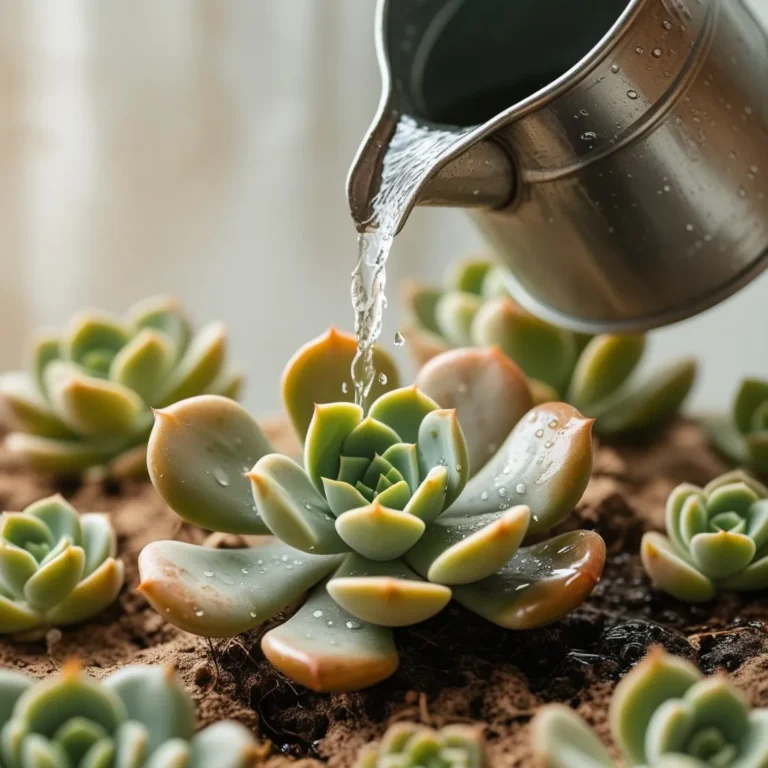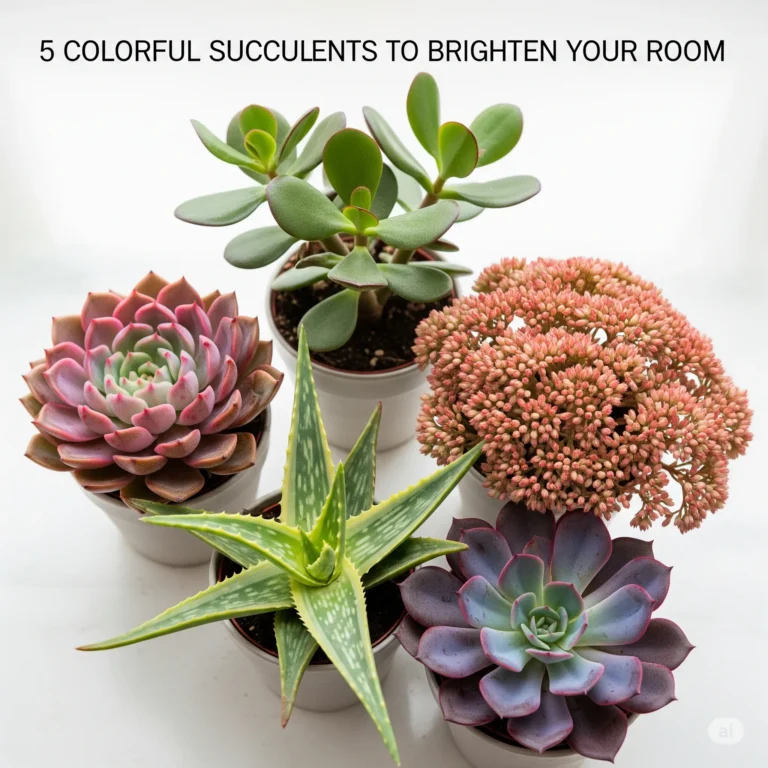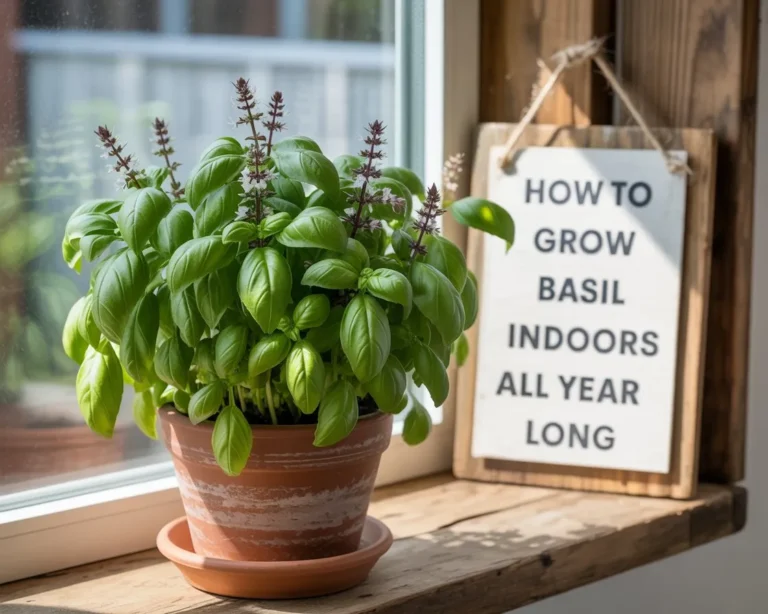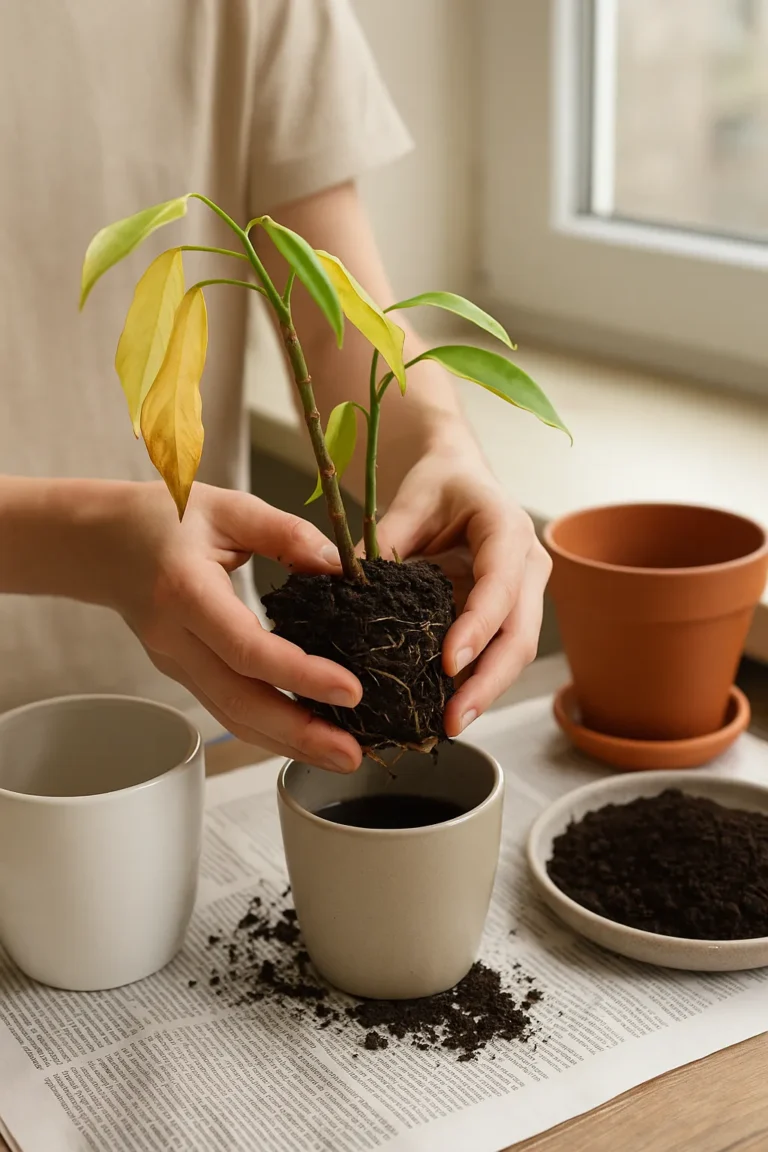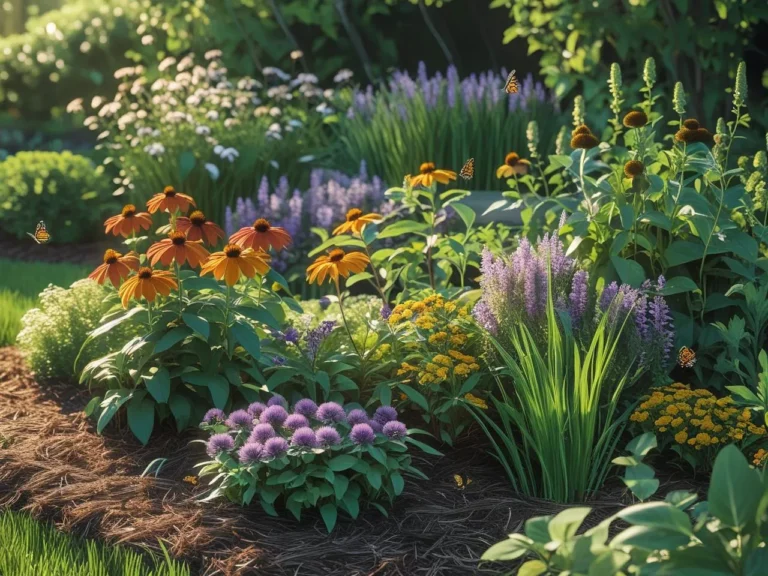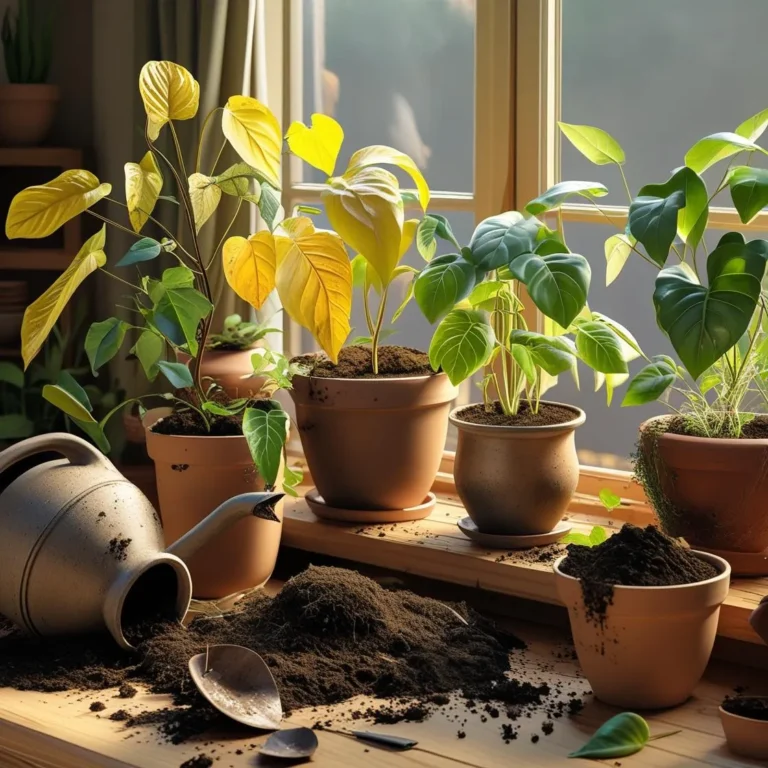How Often to Water Houseplants
Watering houseplants can be tricky—too much or too little water both cause serious issues for your indoor green friends. Understanding how often to water houseplants isn’t about following a rigid schedule, but learning to read each plant’s individual needs based on factors like light exposure, pot size, and seasonal changes.
Each plant has its own natural rhythm that changes throughout the year. Some plants prefer to dry out completely between waterings, while others thrive with consistently moist soil. This practical guide will help you understand the perfect timing for your indoor plant care routine, ensuring your houseplants stay healthy and vibrant.
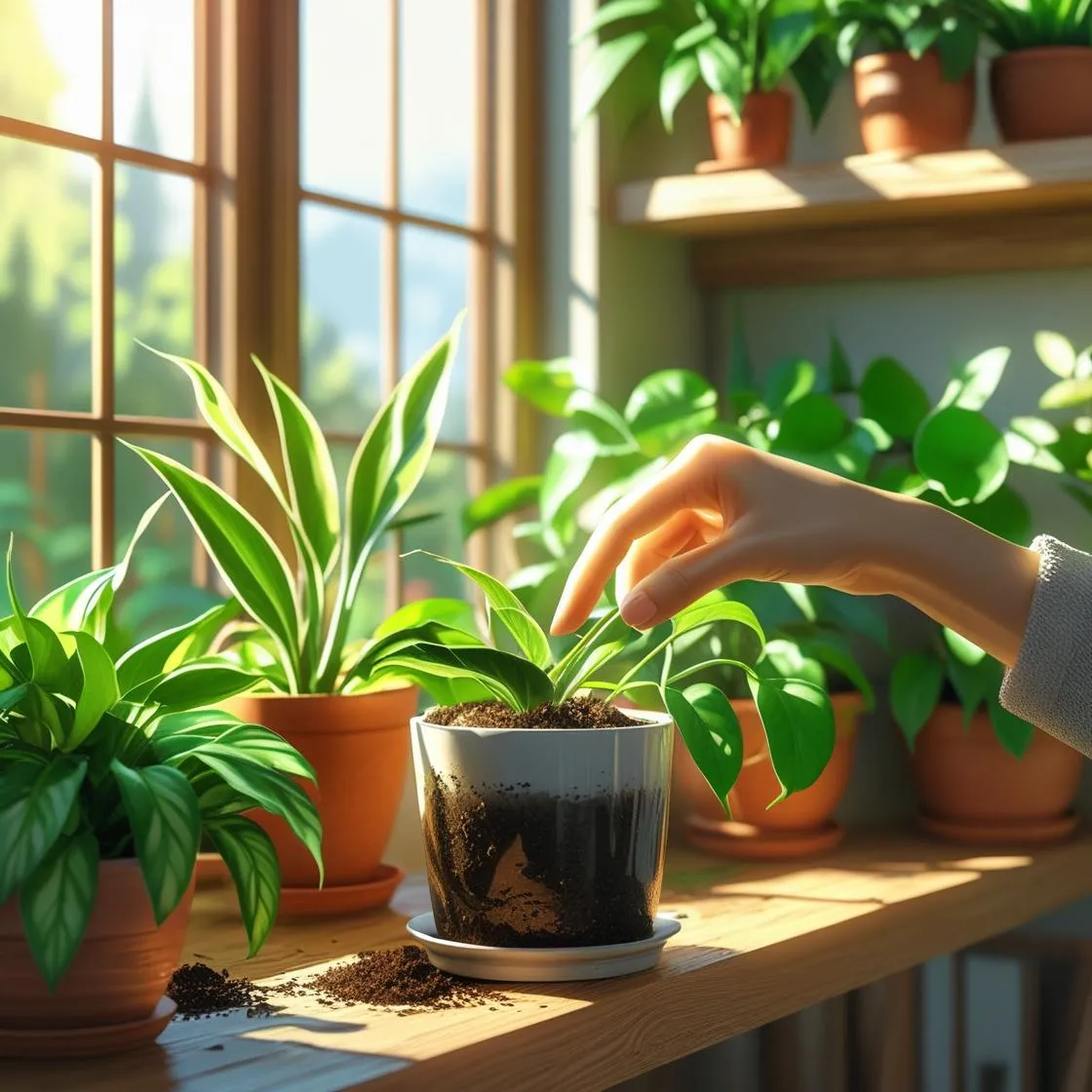
Why Watering Isn’t One-Size-Fits-All 🌿
Different plants have evolved in completely different environments, which means they require vastly different houseplant watering schedules. Desert cacti store water in their tissues and prefer infrequent deep watering, while tropical ferns from humid rainforests need consistent moisture to survive.
Several key factors affect how much water do houseplants need. Sunlight levels dramatically impact water usage—plants in bright windows will dry out much faster than those in low-light corners. Pot material matters too: terracotta pots are porous and allow faster evaporation, while plastic containers retain moisture longer.
Room temperature and humidity levels also play crucial roles. Heated homes in winter create dry conditions that increase water needs, while cool, humid spaces slow evaporation rates. The general rule for most houseplants is to water when the top 1-2 inches of soil feel dry to the touch.
📌 Tip: Stick your finger 1 inch into soil—if it’s dry, time to water!
General Watering Frequency by Plant Type 📋
| Plant Type | Watering Frequency (Average) | Notes |
|---|---|---|
| Succulents & Cacti | Every 2–3 weeks | Let soil dry completely |
| Tropical Plants | Every 5–7 days | Keep soil evenly moist |
| Ferns | Every 4–5 days | High humidity preferred |
| Snake Plant, ZZ | Every 2–3 weeks | Extremely drought-tolerant |
| Herbs (indoors) | Every 3–4 days | Depends on sunlight level |
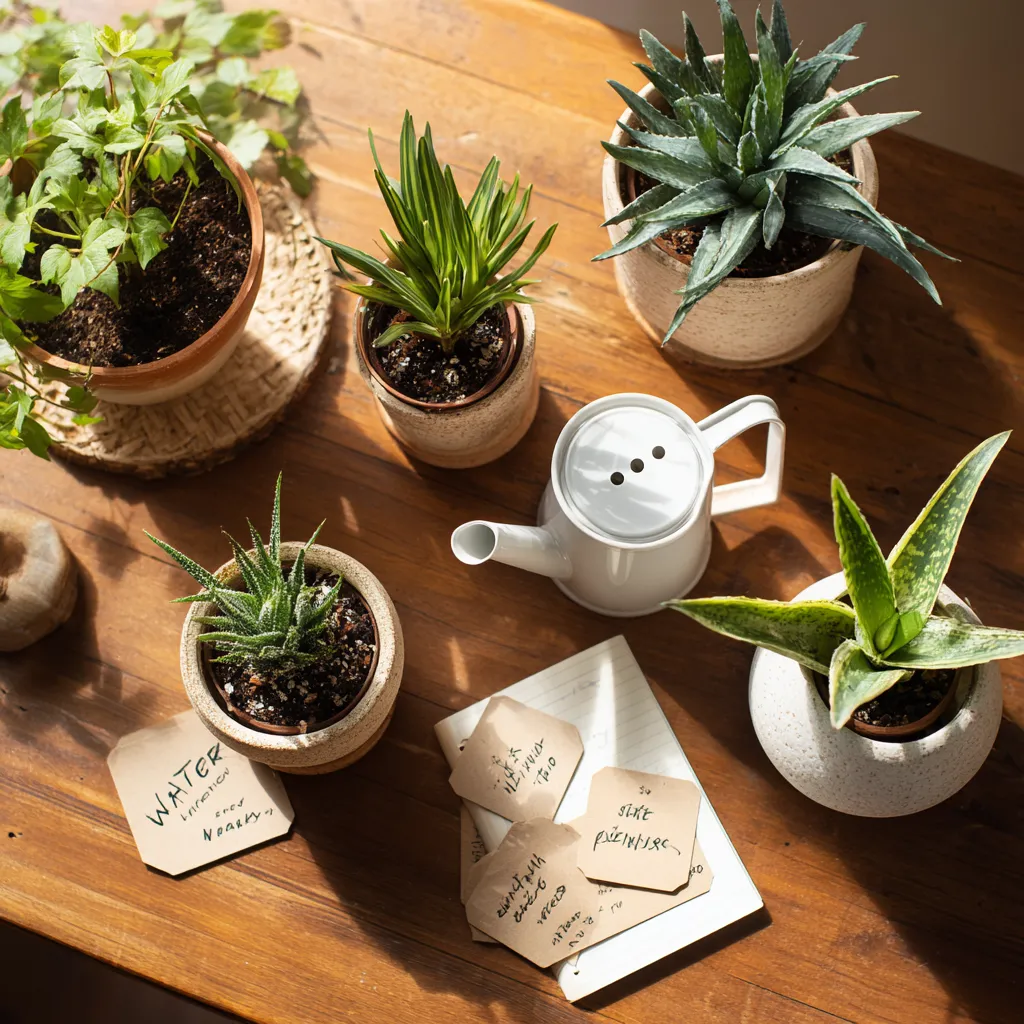
Seasonal Watering Changes ☀️
Understanding seasonal variations is crucial for preventing both overwatering vs underwatering issues. During spring and summer months, most houseplants enter active growth periods and require more frequent watering as they produce new leaves, stems, and flowers. Increased daylight hours and warmer temperatures also accelerate water evaporation from both soil and plant leaves.
Fall and winter bring dormancy periods for many indoor plants, dramatically reducing their water requirements. Lower light levels mean slower photosynthesis and reduced water uptake through roots. Many houseplants can go twice as long between waterings during these cooler, darker months.
Watch for signs your plant needs water regardless of season. Wilting leaves, yellowing foliage, or crispy brown leaf edges often indicate watering issues that need immediate attention.
💧 Water needs change with seasons, light, and plant type!
Seasonal Watering Guide by Room Conditions 📋
| Season | Adjustments Needed | Why It Matters |
|---|---|---|
| Spring | Increase slightly | Plants begin active growth |
| Summer | Check more frequently | Evaporation increases |
| Fall | Begin reducing frequency | Growth slows |
| Winter | Water less, increase humidity | Plants rest, less evaporation |
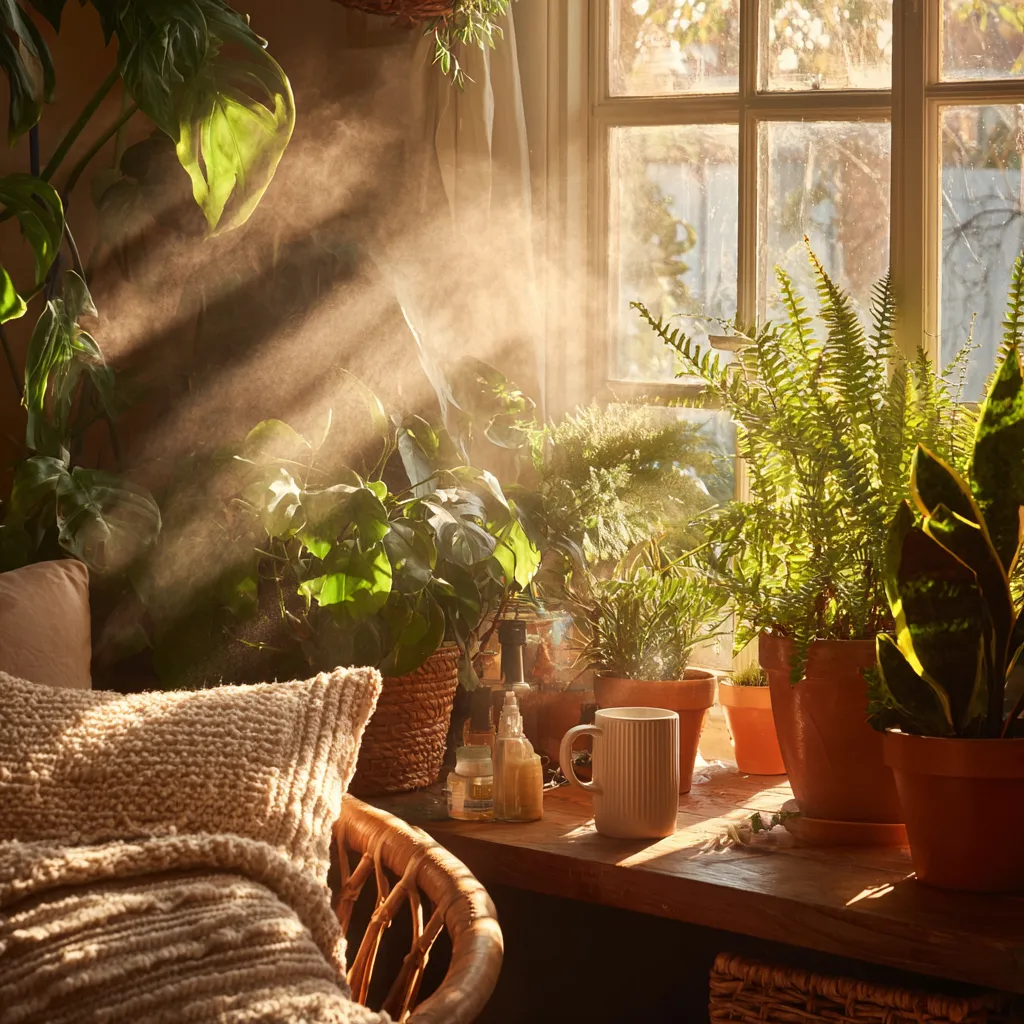
How to Know When It’s Time to Water 💧
Learning to recognize signs your plant needs water is more reliable than following any calendar schedule. The most accurate method is the soil moisture test—simply insert your finger 1-2 inches into the potting soil. If it feels dry at that depth, it’s time for a thorough watering session.
Another helpful technique is the “lift test.” As soil dries out, pots become noticeably lighter. Pick up your plants regularly to learn their weight when properly watered versus when they need water.
Visual cues can also guide your watering decisions, though they require careful interpretation. Droopy leaves might indicate either under-watering or over-watering, so always check soil moisture first. Yellowing leaves often signal too much water, while crisp brown leaf edges usually mean too little water or low humidity.
🪴 Too much love = overwatering. Let roots breathe!
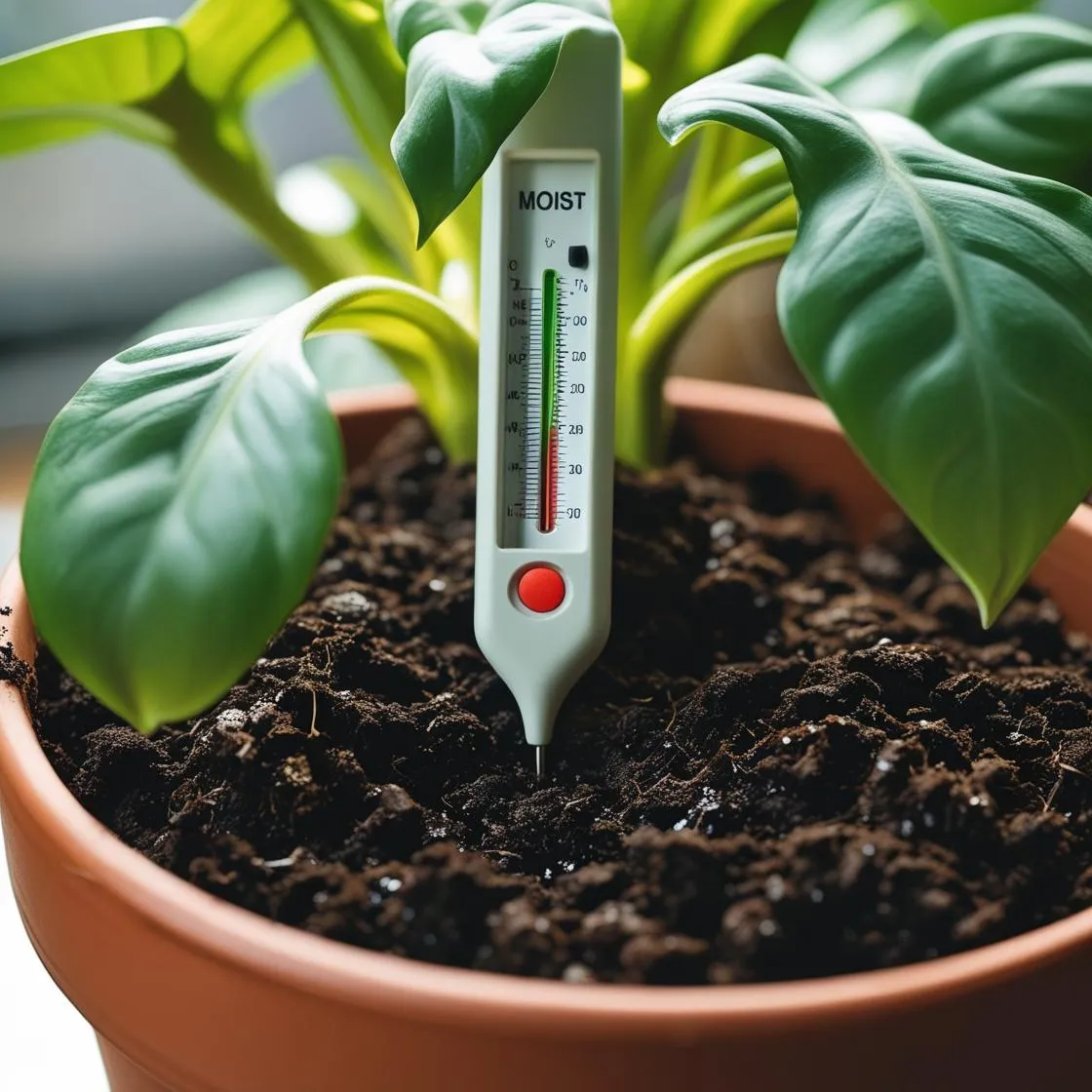
Conclusion 🌱
The key to successful houseplant watering is observing your individual plants rather than blindly following a calendar schedule. Test soil moisture regularly, adjust frequency based on seasonal changes, and tailor your approach to each plant’s specific needs and growing conditions.
With practice, you’ll develop an intuitive sense for when each plant needs water. Pay attention to environmental factors like light, temperature, and humidity, and remember that it’s usually better to underwater slightly than to overwater. Your houseplants will reward your careful attention with healthy growth and vibrant foliage year-round.
📌 Always check soil before watering — not just the calendar! 🪴 Too much love = overwatering. Let roots breathe! 💧 Water needs change with seasons, light, and plant type!


